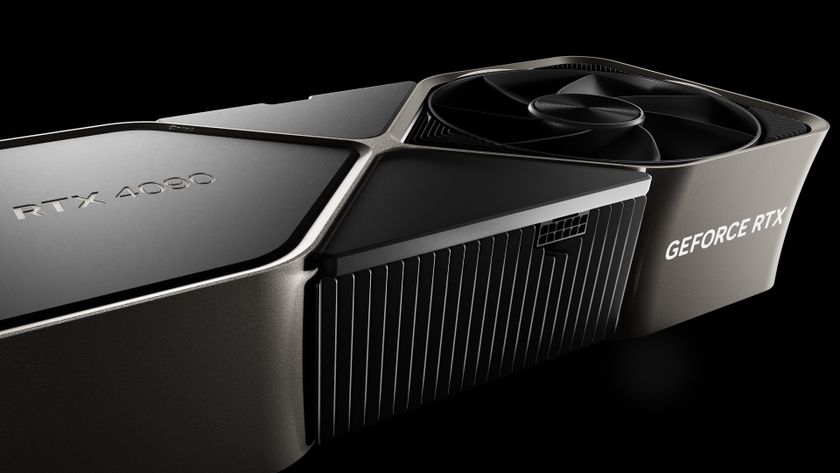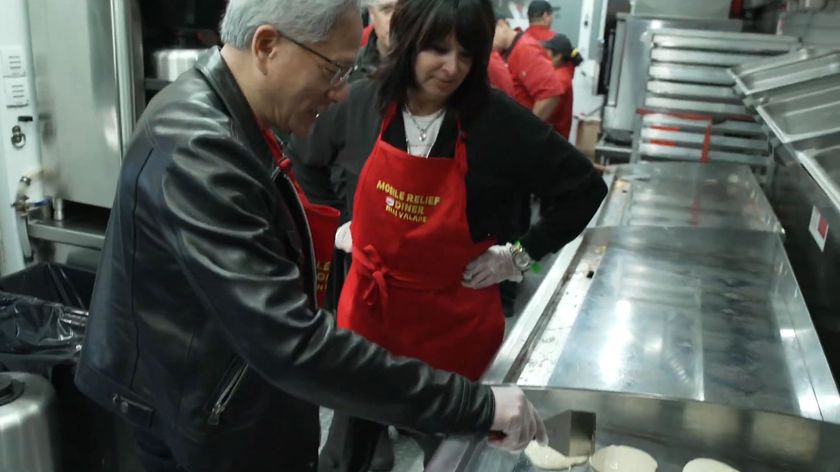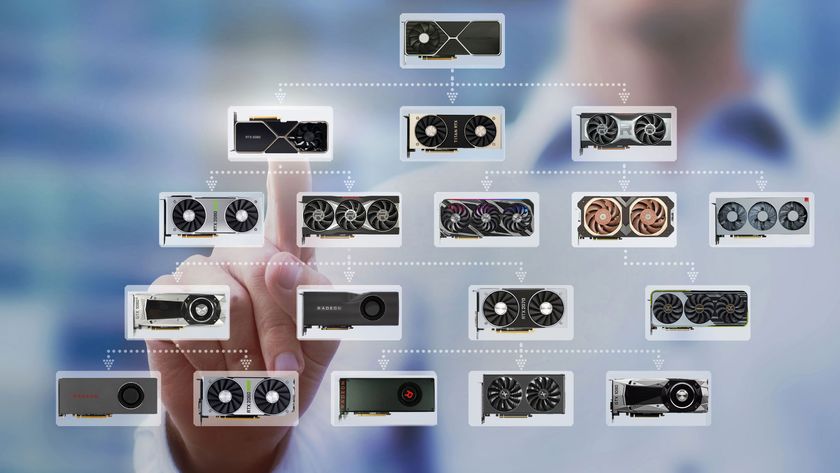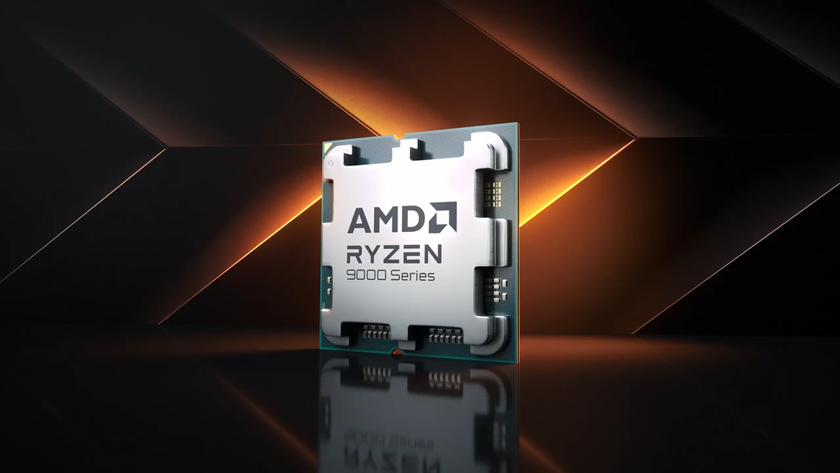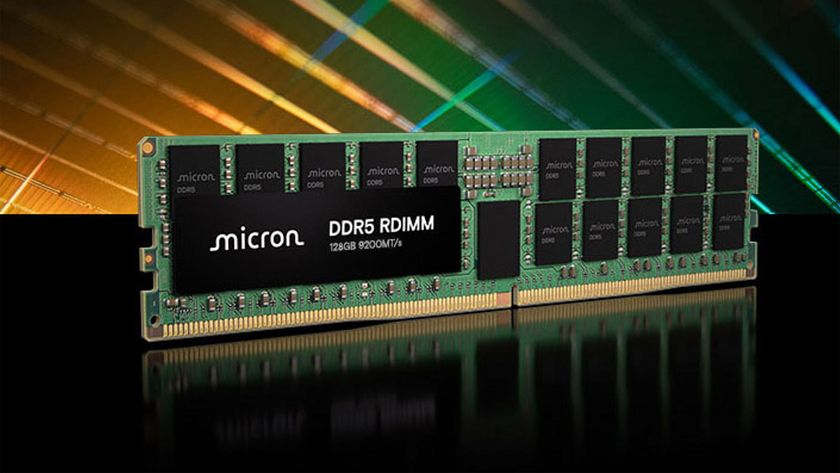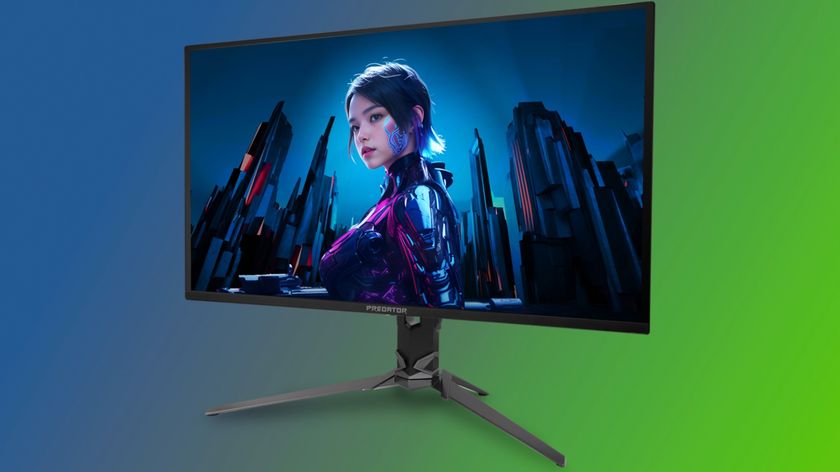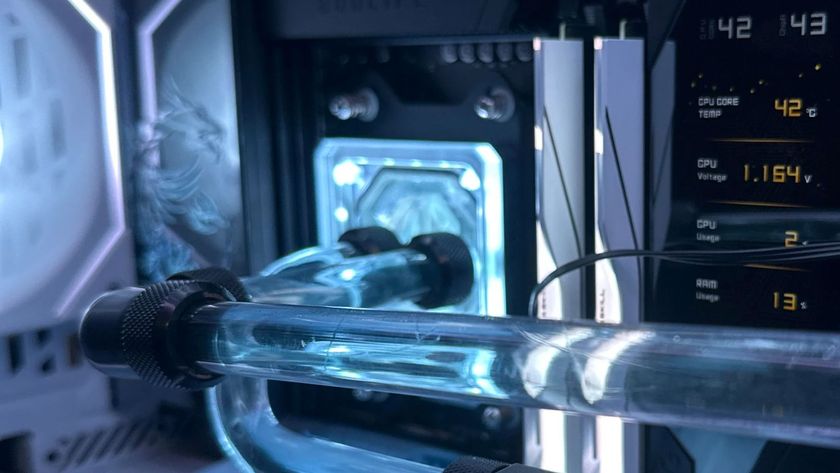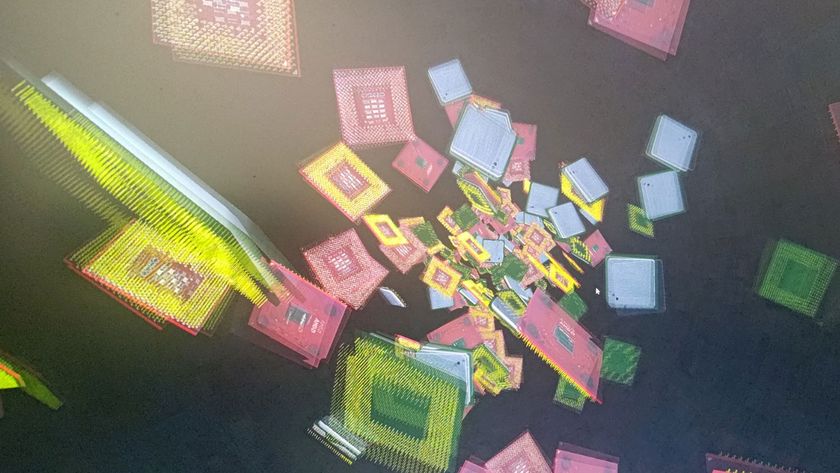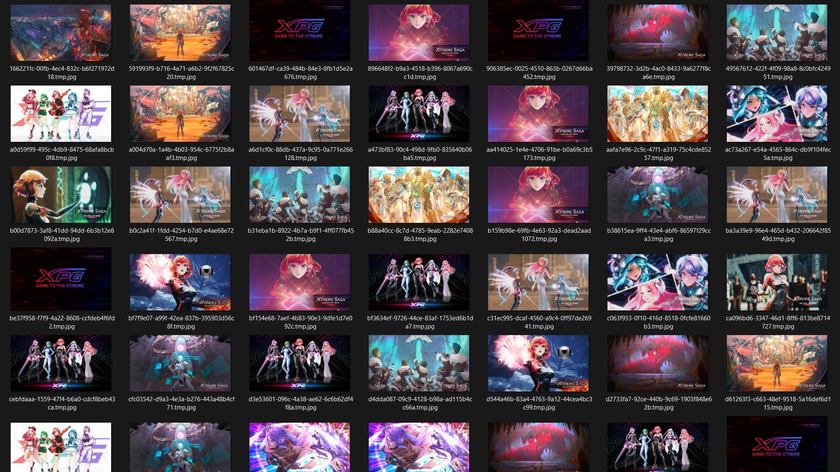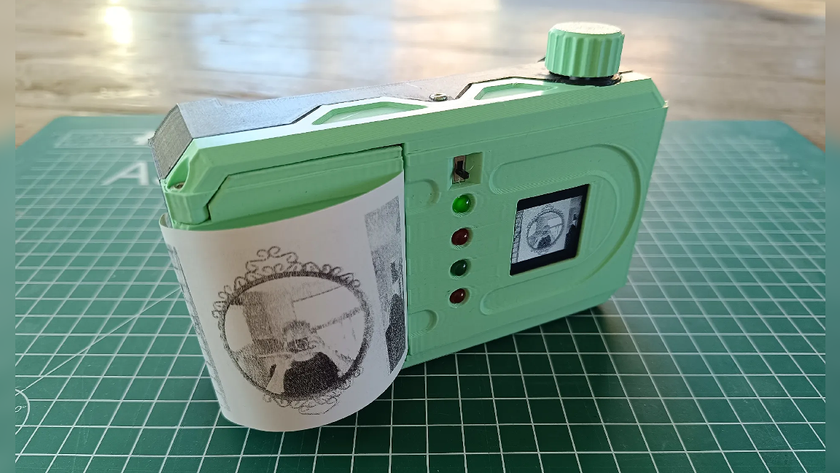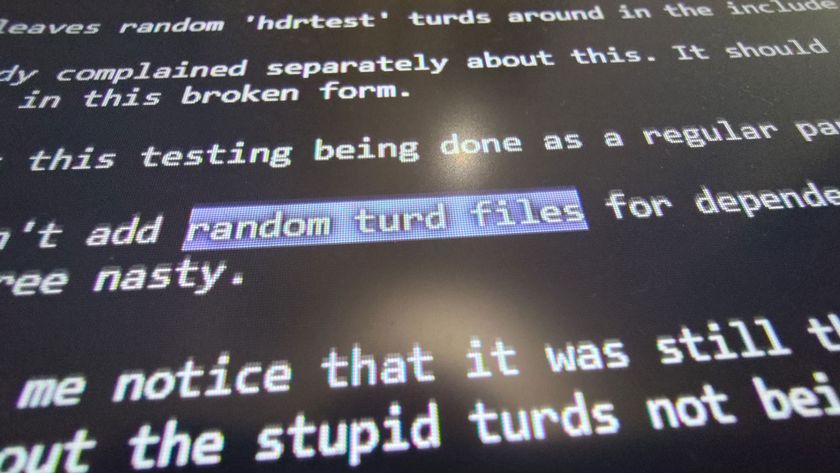Watch Out, Larrabee: Radeon 4800 Supports A 100% Ray-traced Pipeline Using DirectX 9
San Francisco (CA) - It appears that the buzz about 3D graphics has been focused on a feature that is not even integrate din today’s games - ray-tracing. Intel is beating the RT drum for its upcoming cGPU, which is still 18 months away. But it appears that Intel may be defeated in its own game, as AMD’s graphics chips are supporting a 100% ray-traced pipeline, TG Daily learned.
During AMD’s recent Cinema 2.0 event, we met with representatives of a company that is currently considered to be the "it company" in Hollywood’s special effects (FX) industry. JulesWorld is plugged into the video production process of an unnamed movie studio and adopted components that are standard in the FX industry (AMD Opteron + Nvidia Quadro). Ray-tracing was an early focus of the company and we were told that JulesWorld started experimenting with a 100% ray-traced pipeline on a GPU with the arrival of ATI’s R600 (2900XT) chip. And the results are impressive.
Jules Urbach is the founder and CEO of JulesWorld, a small company that is making huge advancements in the world of movie production, harnessing the horsepower of graphics processors. And it looks like JulesWorld has a promising technology - a GPU ray-tracer and a wrap-around application for movie production.
JulesWorld will be releasing OTOY and LightScape, two distinctive technologies that could shape the future of movie and games production. The company developed a ray-tracer that uses elements of the DirectX 9 API as well as its own high-level code that uses Tessellation and anti-aliasing algorithms. Urbach told us that ray-tracing in real time became a reality with the Radeon 2900XT - which was used for a series of trailers for last summer’s hit-move Transformers.
All those Transformers teaser trailers were rendered on a GPU and - more importantly - directed in real-time. The producer of these trailers had complete freedom to play around with a "virtual lens" and direct the trailer in his own way. The Radeon 3800 series brought some improvements and Urbach promises new demonstrations for this year’s Siggraph conference, including a complete Ruby demo (see a previous video here.)
In terms of performance, the Radeon 2900XT 1GB rendered Transformers scenes in 20-30 frames per second, in 720p resolution and no Anti-Aliasing. With the Radeon 3870, the test scene jumped to 60 fps, with a drop to 20 fps when the proprietary Anti-Aliasing algorithm was applied. Urbach mentioned that the Radeon 4870 hits the same 60 fps - and stays at that level with Anti-Aliasing (a ray-tracer is not expecting more than 60 fps.) JulesWorld’s technology also works on Nvidia GeForce 8800 cards and above, but the lack of a tessellation unit causes a bit more work on the ray-tracer side.
In future, Urbach expects to see 1080p, 4K and higher resolutions being rendered in real time.
Stay On the Cutting Edge: Get the Tom's Hardware Newsletter
Get Tom's Hardware's best news and in-depth reviews, straight to your inbox.
So, what about photo-realism of these scenes? Unlike the general "3-5 years" answer you are hearing in the industry right now, he believes that this goal could be achieved by the end of the year. A ray-tracer is limited by the amount of local memory on your video card, so if you are able to get a Radeon 4850 or 4870 with 1 GB or even more of on-board memory, you have very capable hardware. JulesWorld’s LightStage technology can take wireframes consisting of an insane 32 million vectors to enable real world characters and their expressions. That means: Extra memory on your graphics card doesn’t hurt.
Urbach considers his software a big savings tool for Hollywood, Bollywood, Jollywood as well as game studios, since the need for artists could decrease. Technically, there will be no need for artists wasting time on character design. Artists will be able to focus on the creation of virtual worlds with amazing details, creating a perfect transition between movie and gaming worlds. After toying around with the software and "directing" a scene from Transformers, we have to admit that we’re thoroughly impressed with this technology.
In the attached gallery, we have compiled images that show what your $200-$300 graphics hardware is capable of today. No question, this is an industry changing technology, from FX production pipelines to next-gen computer games. There is no doubt in our mind: The future of graphics hardware looks extremely bright.
-
jonyb222 Interesting, I think it's safe to say that while ATI may not have the most powerful Gfx card, they do have the most adaptable (as in it's able to do ray tracing, PhysX, Cuda, all with minor ajustments)Reply -
eagle07 I would say ATI's card is more powerfull... but the games are not coded in a way that befits the ATI architecture...Reply
its like a 2.4 quad core vs a 3ghz dualy playing games....the dual core is faster for games....
likewise ati has 800sp running at 750 where as nvidia has 240 running at 1500.... It is going to do better in games that are not threaded to fit ati's arch....but turn up the res and the settings and see who is boss...
I am talking 2560 and up with full aa and af.... -
gm0n3y Sounds awesome, if only I could see some sort of gallery of photos...Reply
Either way, I can't wait for ray-tracing in games, though it could be a while since game makers don't want to alienate all of the people whose cards can't handle it. Hopefully within the next year / 18 months we'll start seeing the games (perfect timing on Intel's part then). -
Mihkell18 spaztic7 & gm0n3y, you can see the gallery from the equivalent article at TG Daily. Link: http://www.tgdaily.com/content/view/38145/135/Reply -
DjEaZy ... yeah... intel??? What a joke!!! They worked on a 80core CPU, that can put out 1TFlop... in the same time nVidia putted out TESLA... i think the combination of 4 QuadroFX putted out the same 1TFlop... and if i remember right, Sony Pictures putted out Spiderman 2 based on that technology, so there iz not just hardware, but the software to run this... this will be interesting...Reply
